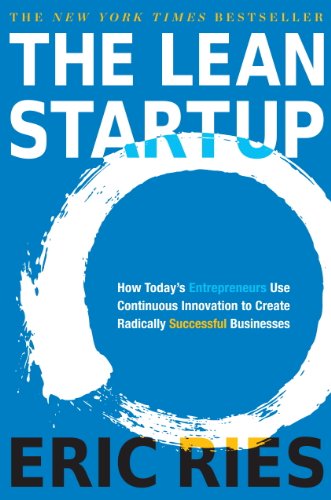

This article is an excerpt from the Shortform summary of "The Lean Startup" by Eric Ries. Shortform has the world's best summaries of books you should be reading.
Like this article? Sign up for a free trial here .
In a lean startup, how do you figure out if you’re actually making progress? It’s with innovation accounting. Learn the principles of innovation accounting here, along with examples.
Choosing Good Metrics for Innovation Accounting
For great innovation accounting, you need to avoid vanity metrics and instead define metrics that really matter to your business, and measure improvements to that metric.
The metrics that really matter vary from business to business and between innovation accounting systems. Often, they reflect your Value Hypothesis and your Growth Hypothesis.
For example, an app might aim for these metrics:
Value Hypothesis: Each new user will upload an average of 10 photos in the first week of using the app.
Growth Hypothesis: Every user who joins the app will refer 10 new visitors, 1 of whom will join as a new user (leading to virality).
The important part of innovation accounting is that you need to believe these numbers are vital to the success of your business. Eric Ries suggests choosing the riskiest assumptions first – the metrics that you have the least confidence on, yet have the most impact to your business. For example, if your company is going to be supported by advertising, advertising rates are probably not the riskiest assumption – getting user engagement will be.
Here are examples of good metrics in innovation accounting that reveal the health of your business (only some will apply to your startup):
- Engagement
- Time in product per user per week
- % of users who return in the first day / first week / first month
- Growth
- Viral factor
- Net Promoter Score
- Conversion rate of each major step – visiting to signup to payment
- New users gained per week
- Finances
- Customer acquisition cost
- Lifetime value per user
Unlike vanity metrics, these metrics don’t improve unconditionally over time – if you don’t put in work, it’s unlikely that the revenue per user will increase.
Useful Reports for Innovation Accounting
To make innovation accounting work, you need to have discipline around analyzing your experiments and planning the next step. Often this means producing reports, which Eric Ries believes should fit 3 A’s:
Actionable: correctly designed experiments will show a clear cause and effect, and the right metrics will show whether you’re really making progress. From here, you can iterate through the Built-Measure-Learn loop.
Accessible: simplify the metrics and help people understand what they mean and why they’re important. Consider making metrics publicly viewable by any member of your team.
Auditable: people should be able to dig into the raw data and trace how the metrics are compiled. If someone doesn’t like the result of an experiment, she may be tempted to question technicalities of the data. You need to be able to prove that the analysis is faultless.
Now when you’re facing the data, you need to decide what to do. Is there still promise in your direction, and should you keep trying to iterate through the Build-Measure-Learn loop? Or have the metrics come back so disappointing so often that it’s time to change your strategy entirely – to pivot?
———End of Preview———

Like what you just read? Read the rest of the world's best summary of "The Lean Startup" at Shortform . Learn the book's critical concepts in 20 minutes or less .
Here's what you'll find in our full The Lean Startup summary :
- How to create a winning Minimum Viable Product
- How to understand how your startup will grow
- The critical metrics you need to track to make sure your startup is thriving






